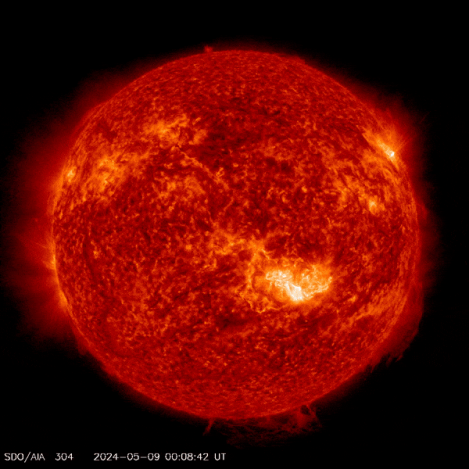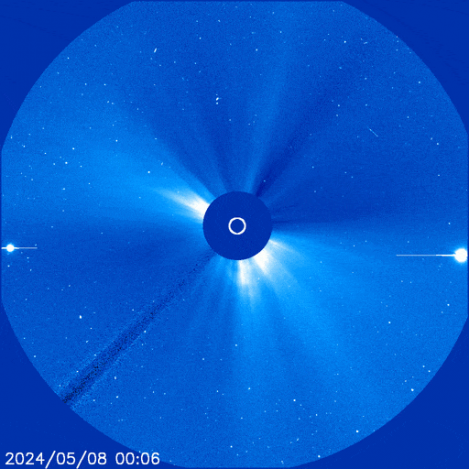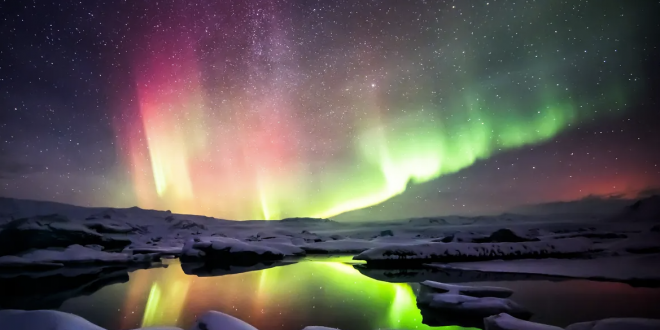Update: The NOAA Space Weather Prediction Center has revised its initial assessment, now classifying the geomagnetic storm as extreme. This is the first extreme storm to be recorded since 2003. Aurorae could be observed in various parts of the contiguous United States and Europe.
We are uncertain about the precise timing of the peak of activity for this current solar cycle, but we are in close proximity to it, and the sun is proving to be quite active. It’s been quite a while since January 2005, but the NOAA Space Weather Prediction Center has just issued a severe geomagnetic storm watch. We are currently facing a significant influx of high-speed plasma from the Sun, which is on a collision course with our planet.
Our planet does a remarkable job of shielding us from harm with its magnetic field. However, it is crucial to understand the impact of the most intense geomagnetic storms. Severe storms have the potential to cause significant voltage control issues and disrupt the operation of satellites, which are crucial for a wide range of activities, including communication and navigation. Additionally, it has the potential to cause radio blackouts.

However, there is some positive news as well. We are on the verge of witnessing some truly breathtaking aurorae. Just as the solar plasma interacts with the Earth’s magnetosphere, particles are propelled and collide with the atmosphere. They exhibit varying colors depending on the gas they come into contact with.
The plasma influx is of such magnitude and intensity that the aurorae are expected to be visible at lower magnetic latitudes than usual. There is a possibility that they may be seen as far south as northern California in the US and northern Germany in Europe. Expect a mesmerizing celestial light show in the Southern hemisphere, specifically in Tasmania and the south island of New Zealand.
All of this is happening because of a huge sunspot that is very active. It’s called AR3664, and over the last few days, it has sent out several solar flares. You can see the sunspot with your own eyes because it’s so big—as wide as 16 Earths lined up side by side. But please put on eclipse glasses! We don’t want the Google trend on eclipse day to happen again!
During this activity burst, there have been a lot of coronal mass ejections.There are at least five of them that hit Earth.. Three of them could come together in a “cannibal coronal mass ejection,” which is when a later coronal mass ejection is faster than the ones that came before it. So it comes up behind them, merges with them, and hits the planets in its way with a wave of plasma.

When the plasma hits Earth on May 10, it will keep going until May 12. Saturday is when most of it happens. It’s a great time to go somewhere with a dark, clear sky and face the pole closest to you.
Every 11 years or so, there are about 100 very strong geomagnetic storms. Extreme solar storms happen much less often—only four per cycle. The last one, on the other hand, was weird because it didn’t have either of them. The last big geomagnetic storm happened on Halloween, 2003. It knocked out power in Sweden and hurt power transformers in South Africa.
 Tech Gadget Central Latest Tech News and Reviews
Tech Gadget Central Latest Tech News and Reviews




